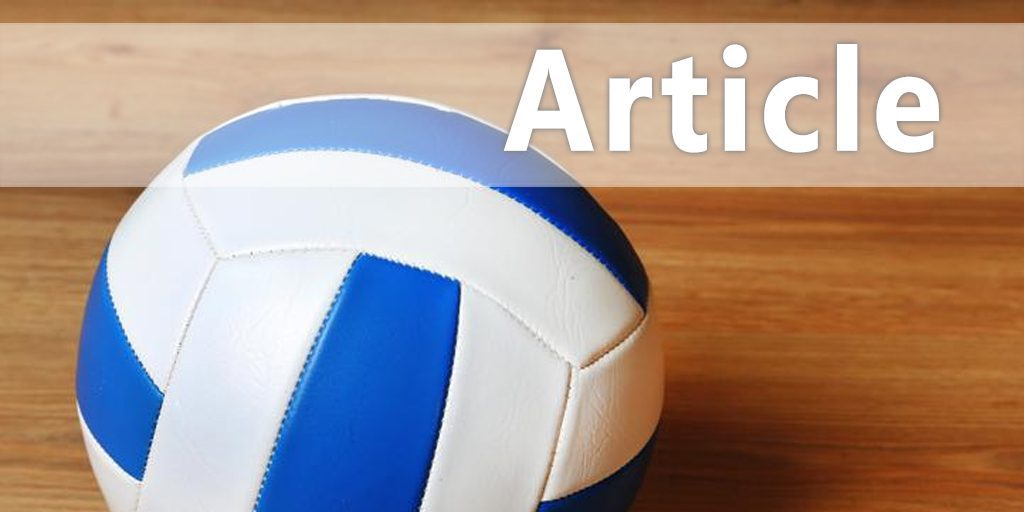|
Volleyball Conditioning 20-year Report:
By: Ken Kontor Originally Published in: Coaching Volleyball Magazine - AVCA - by Earl Browning
Lessons from 20 Years of Publishing Performance Conditioning Volleyball Let's look at what Lori Endicott, former setter for the U.S. National Team, said 20 years ago in our first issue. "Like most young players, I first learned volleyball skills. I then developed a strength base. In later years I developed that base specifically for volleyball, adding qualities such as power development."
She goes on: "A lot of players are concerned about gaining too much muscle size from their weight training. My response to them is that if having more muscle mass makes me more fit as a volleyball player, I would rather be that way than too slender and less of a player." Lesson: Muscle makes us move. Body-building and its mass hypertrophy outcome is a world apart. This bulk-muscle fear still exists today. Work muscles to move, not to show off It's all about training efficiency. Her favorite lifts? Explosive lifts such as the power clean, push press and others. Also, squats are working to improve her lateral movement and, of course, jumping ability. Lesson: There are a lot of gadgets out there: kettle bells, heavy ropes and tubing, to name a few. Fun tools, but are they effective in developing a good strength base? Can you progressively overload them to gain this base? They are great for supplemental work, but do you have the time? These are important questions to consider. Another interesting nugget found in the first issue is "Endurance Requirements in Volleyball," a study done on ten players from the Finnish national team and video-taped play analysis of the national teams from the U.S. and the U.S.S.R. (now know as Russia and a host of other countries). Doug Beal, wearing his PhD hat at the time, was asked to comment on the study's findings. Here are his important key points. • The anaerobic stresses for volleyball are largely alactic (without significant buildup of lactic acid) due to the long rest interval between most high-power physical efforts. Some of his important recommendations: • Develop a sound and substantial aerobic foundation. Lesson: The "long-term nature of matches" doesn't exist today because of rally scoring. That was a rule change that changed the importance of the aerobic energy system's contribution to the game. The recovery-to-work ratio of 2:1 or 3:1 and the 15-second work duration are the basic considerations in developing the conditioning of the volleyball player. There you have it, lessons taught 20 years ago still hold true today: build base strength first and condition specific to the game.
|





 Lesson: In today's hurry-up world, don't a lot of us skip this all-important strength base? This is a huge mistake not only from a performance perspective, but also when it comes to injury prevention.
Lesson: In today's hurry-up world, don't a lot of us skip this all-important strength base? This is a huge mistake not only from a performance perspective, but also when it comes to injury prevention.


